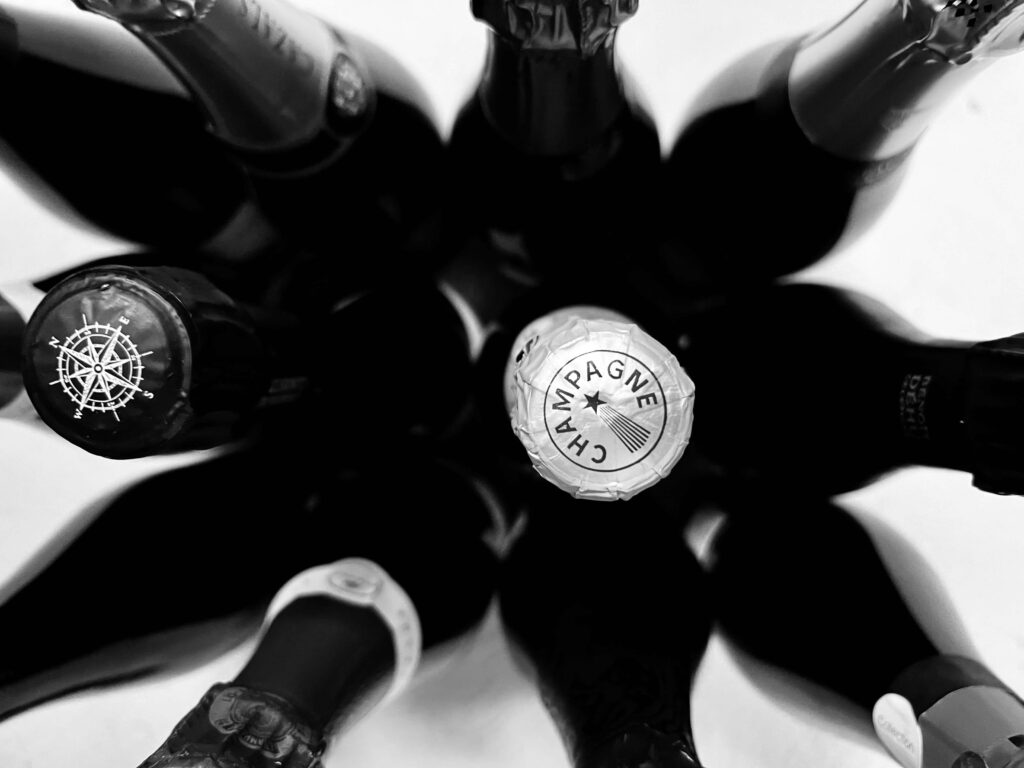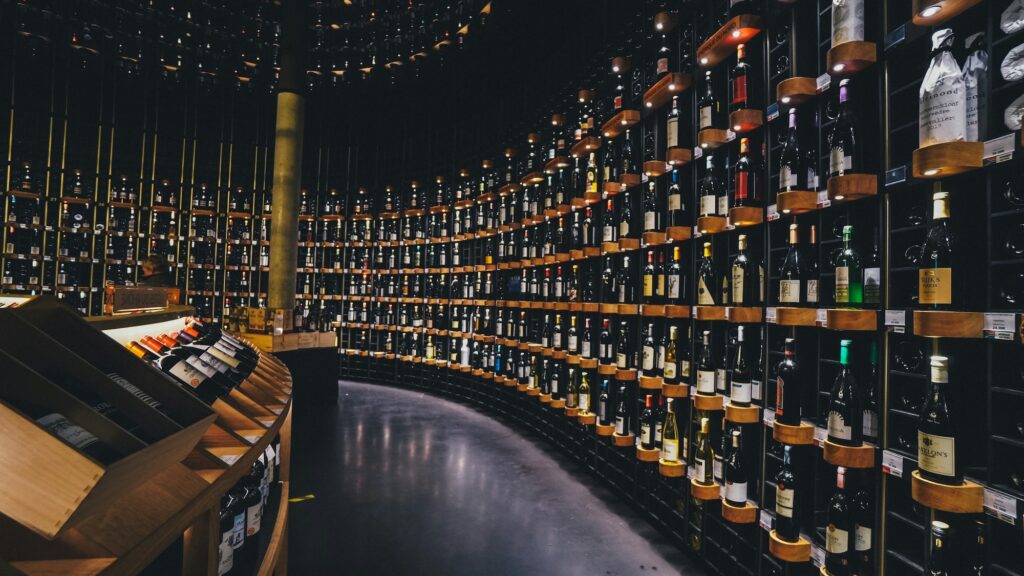Posts by Lisa Perrotti-Brown MW
Grower Champagne: Terroir-Driven Wines in a Changing Region
Two decades ago, grower Champagnes occupied the fringes of the market—esoteric bottlings made by small farming families, championed by sommeliers, Champagne obsessives, and the occasional renegade importer. Labels such as Jacques Selosse, Egly-Ouriet, and Ulysse Collin were whispered about rather than displayed, their wines produced in tiny quantities and often vanishing into private allocations before……...
Glossary A
Acetic acid is the most abundant of the volatile acids in wine, existing in small concentrations as a by-product of fermentation. It’s also a major component of vinegar. If detectable in wine, this vinegary character can be considered a fault. Volatile acidity (VA) is another way of saying “acetic.” Acetaldehyde is formed by the oxidation……...
Glossary B
Balance in wine specifically refers to a wine’s components—sweetness, acidity, aromas/flavors, tannins, and alcohol—all existing in harmonious proportions that complement one another so that no single aspect negatively dominates the nose or palate. Bâtonnage is the practice of aging wine for a period on its sedimentary lees (dormant yeast cells) in a tank or barrel……...
Glossary C
Carbon dioxide (CO2) is an inert gas commonly used in winemaking. Naturally produced as a by-product of fermentation, it is generally purchased in canisters and used in the winery to help protect juice and wine from oxidation. It can be used to push juice or wine through hoses or to cover a tank. CO2 is……...
Glossary D
Deacidification is the practice of intentionally reducing the acidity in grape juice or wine, usually with a corresponding increase in pH. The most common, widely accepted, and arguably “natural” method of reducing acidity in wines is malolactic fermentation. Chemical deacidification is sometimes performed, where permitted, in certain cooler regions of Europe, such as Germany, and during……...
Glossary E
Ellagitannins in wine generally originate from oak used in winemaking, barrel aging, or as an additive. The levels of tannins introduced during barrel aging depend on the species of oak, its growth region, and how it is seasoned and toasted. Additionally, the size of the oak barrel (which determines the surface area) and the amount of……...
Glossary F
Fault / Faulty: A fault is a term for a flaw in a wine, generally meaning an undesirable and unpleasant character. However, in reality, most wines fall into a gray area somewhere between faulty and faultless. Nearly all wines have faults such as volatile acidity, which, in small amounts, can add a bit of seasoning……...
The Quixotic Pursuit of Balance
We all lose our balance sense from time to time, wine communicators maybe more often than others. Of all the major wine quality factors—such concepts as Purity (the relative lack of wine faults), Intensity, Complexity, and Length of Finish—it’s Balance that’s always the poster child for one-style factions. It stands to reason. I mean, who’s……...
The Changing Face of Bordeaux
Bordeaux is the alpha and the omega for many wine collectors—the beginning and the end. It is usually an encounter with a mature bottle of Bordeaux wine, whether rarified or humble in nature, that sparks the epiphany moment of passion. When a wine-drinking novice first experiences that singular collection of complex, tertiary, evolved characters in……...




